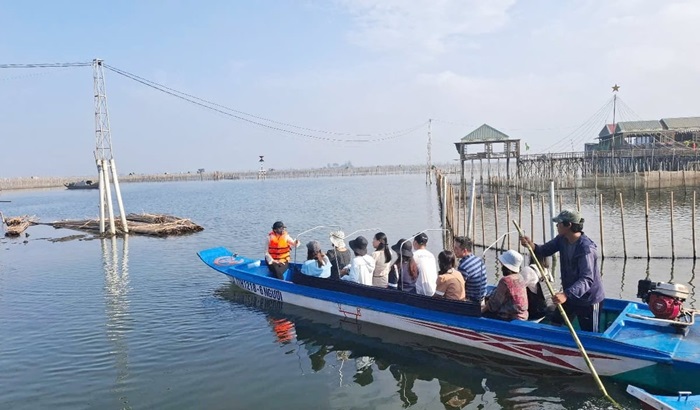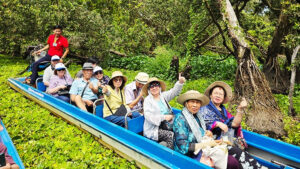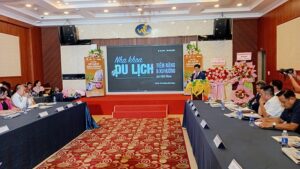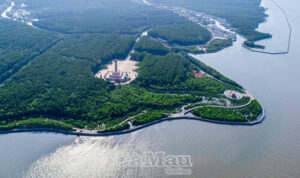Dugong dugon, also known as Manatees, is a marine mammal from Chordate family. Previously, they had been found in many sea shore waters and islands of Vietnam such as Khanh Hoa, Phu Quy island, Phu Quoc, etc.; however, according to documents and interviews of fishermen in coastal areas, Dugong dugon only appears in Con Dao and Phu Quoc.
Although it is difficult to confirm exactly, many fishermen and experts have identified that the population of Dugong dugon in Con Dao is only 8-10 (in 2001).
Dramatic decline in number
The dugong has a fusiform body, fluked tail, paddle-shaped forelimbs used to cover their children for feeding. This is the only strictly marine herbivorous mammal, length of males is 2,5 – 3,15m, females are smaller: 2,4 – 3m. They usually live in coastal areas, where there is a lot of food as seaweeds, seagrasses; on average a Dugong eats 25 kg of seagrasses.
The old fishermen in Con Dao said that the populations of Dugong in Con Dao has existed for a long time, there were still a lot of Dugongs (about a few dozen) after 1975, but they usually accidentally entangled into fishing nets or were hunted for their meats and medicine, so there is only very few Dugongs now. Many fishermen have confirmed that they recently saw the emergence of Dugong in coastal waters, especially Con Son bay, Dat Doc beach, Ben Dam bay.
According to many experts, the Dugong was caught and slaughtered before the Con Dao National Park was established in 1993. The surveys conducted in 2004 and 2005 showed that there were four Dugongs died of unknown cause from 2000 to 2002. Greatest threats to the Dugong is being caught accidentally and entangled in trawl net and gill net (accounting for 72% of total fishing gear of our country). The explosion of tourism and especially the destructive aquatic resource exploitation (using explosives, toxic substances), canal dredging, construction of fish landing quay and particularly discharging wastes of the agricultural production activities making pollution of the marine environment are also the causes of declining the population of Dugong… In addition, the area of seagrasses shrinking, seagrass leaves always coated with sediment, algal and animals making seagrass’ photosynthesis less and recession have seriously affected the populations of Dugong.
Many conservation plans
This is the specy in high danger of extinction recorded in the Red List of threatened species of Vietnam, so Dugong exploitation is banned radically in Con Dao National Park. Con Dao National Park development project, with a vision until 2020, emphasized the management of marine mammals in shallow waters including Dugong. In this marine species conservation plan, the partitioning of strict conservation of seagrass, and habitats, food resources for Dugong is imperative. Annually, the Board of Management of Con Dao National Park prepares for scientists to perform basis science research program, for management and conservation. A number of research topics including researching marine biodiversity, monitoring coral reef, particularly intensive conservation research of sea turtles, Dugongs, giant pearl oysters... are concerned. The National Park, also in collaboration with individuals and science organizations of conservation in domestic and foreign, enhances scientific research program, thus, the value of biodiversity in Con Dao is detected.
Due to the urgency of protecting the Dugongs, at the end of this March, the U.S. Consulate General in Ho Chi Minh City has launched a logo design contest for the campaign "Protect Dugongs".














